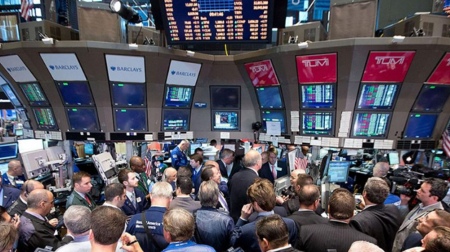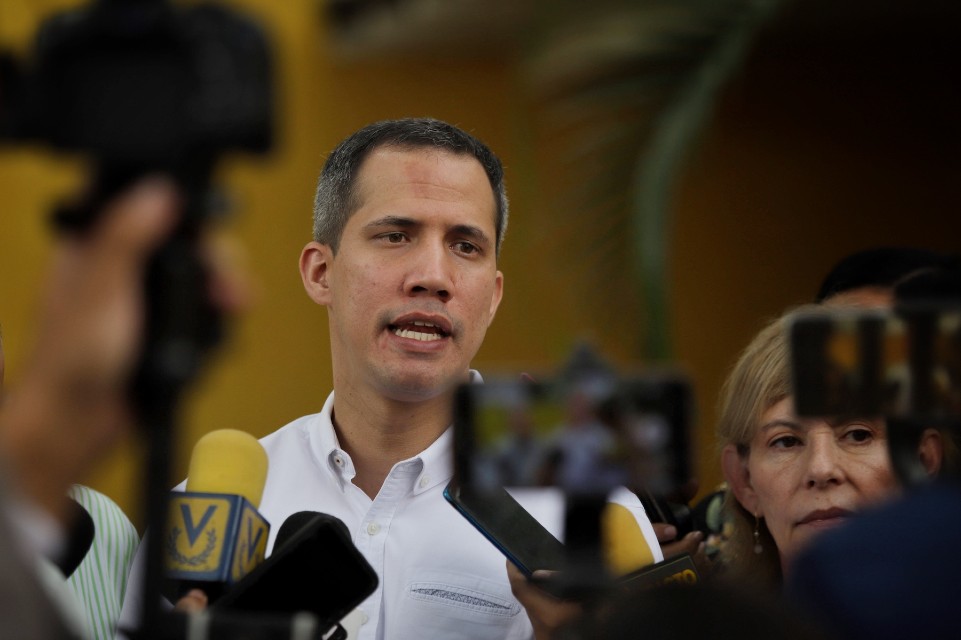the industrialist Dow Jones closed this Friday with a fall of 0.4% and accumulated a drop of 9.3% in the year; the broad benchmark S&P 500 index fell 0.7% and lost 20% in 2022; and the Nasdaq technological indicator fell 0.3% on this day and collapsed 34% during the year, according to data provided by the New York Stock Exchange (NYSE).
The high inflation rate and the consequent aggressive monetary policy by the Fed starting in March caused one of the worst stock market shocks.
Both factors hit stocks, led by technology companies that are suffering the most from rising capital costs, and undermined investor confidence.
Technological papers took the worst balance since they accumulated four consecutive quarters with negative results, something that had not occurred since the “dot com” crisis in 2002.
The Nasdaq companies are capital-intensive companies and are the first to suffer from the increase in credit due to the strong liquidity needs they need to finance their expensive investments.
At the same time, geopolitical concerns stemming from a protracted war, following Russia’s invasion of Ukraine, the outbreak of Covid-19 in China that hit international trade, and the volatility of energy prices added confusion to an environment already heated by inflation and the FED, to feed the stock market debacle that records losses of more than 10 trillion dollars, according to a study prepared by investment banks.
In the S&P 500, the energy companies sector posted gains of up to 60% due to sharp swings in the price of oil and gas stemming from supply problems and the war in Ukraine and sanctions on Russia.
On the opposite side, communications companies were the main sector with numbers in the red and accumulated losses of 40% on average.
The 10-year Treasury yield ended the year below 3.9%, a relief for investors compared with October, when it soared above 4.3%.
However, after beginning the year with a yield of around 1.5%, it soared as the Fed raised rates to fight to neutralize the high inflation in the United States, initiated by the agency with its policy of zero rates started in 1993, followed by the financial bailouts after the 2008 crisis and culminating in the monumental monetary issue, caused by the pandemic.
The FED started the year with an interest rate located in a range of 0% to 0.25% but starting in March it began with staggered increases to close the year in a range of 4.25% to 4.5% after seven raises; and forecast that it will reach a range of 5% to 5.25% by the end of 2023.
The battle against inflation will likely remain investors’ top concern in 2023 and when Wall Street reopens on Tuesday after another holiday weekend there will be new indicators to watch.
The Fed will publish the minutes of its last meeting on Wednesday, which could give investors more information about its next moves.
That same day, the Department of Labor will disseminate the report on job offers; on Thursday the request for unemployment benefits will be known and on Friday the unemployment data for 2022 will be known.
The forecasts of the main banks and market analysts indicate that the first quarter of the year is as volatile as the end of the year and investors’ fears are focused on the Fed’s monetary policy, which will meet again at the end of January to define a new adjustment of your reference interest rate.
Wall Street is also awaiting the balance sheet season with which it closed 2022, from which meager corporate earnings are expected and which will begin to be published from the second week of January.
Companies have been warning investors that inflation is likely to hit their profits and revenue in 2023.
In Europe, the situation was similar, although with fewer losses but with more rebellious inflation and the problems derived from Brexit. and the recurring crisis in the British economy that took several political leaders out of office.
All the European stock market indicators closed the day with losses ranging between 1% and 1.5%.
The leading Euro Stoxx 50 index closed the year with a loss of 11.9% while London’s FTSE managed to weather the British crisis and gained 0.7% in 2022.
The Frankfurt DAX showed that the problems derived from the cut off supplies and inputs in China and energy from Russia, affected the productivity of their companies and registered a loss of 12.4%, the largest of all the economies in the euro zone.
Along these lines, the CAC 40 suffered similar problems and fell 9.4% due to the retraction in the consumption of luxury goods, affecting luxury companies, the main engine of its stock market index.
In the Mediterranean, the Madrid IBEX 35 fell 5.6% and showed fewer problems in the face of the energy crisis.
Milan’s MIB fell 13.3% during 2022, a year marked by general elections, the problems of its financial sector affected by the deep sovereign debt crisis.
In the commodity market, oil posted small yearly gains after reaching prices above $140.
The barrel of the WTI variety closed the year at US$ 80.40 and accumulated a rise of 6.5% in extreme price volatility caused by a very limited supply, the Covid-19 crisis and various local and international conflicts that interrupted the normal flow.
From the war in Ukraine that began in February and the sanctions against Moscow, through the conflict with Iran over the non-renewal of the 2015 nuclear agreement, the attacks by Houthi guerrillas on facilities in Saudi Arabia and the United Arab Emirates, and the conflicts Domestic politicians in Libya, Kazakhstan and Nigeriaamong others.
Brent barrels ended at US$86, up 10.5%, while natural gas contracts closed at US$4.44 per million BTU and rose 19% over the year.
Finally, gold closed at the same price as at the end of 2021, at US$1,830 per ounce, with oscillations marked by the pace of interest rate adjustments by the world’s main central banks.


















